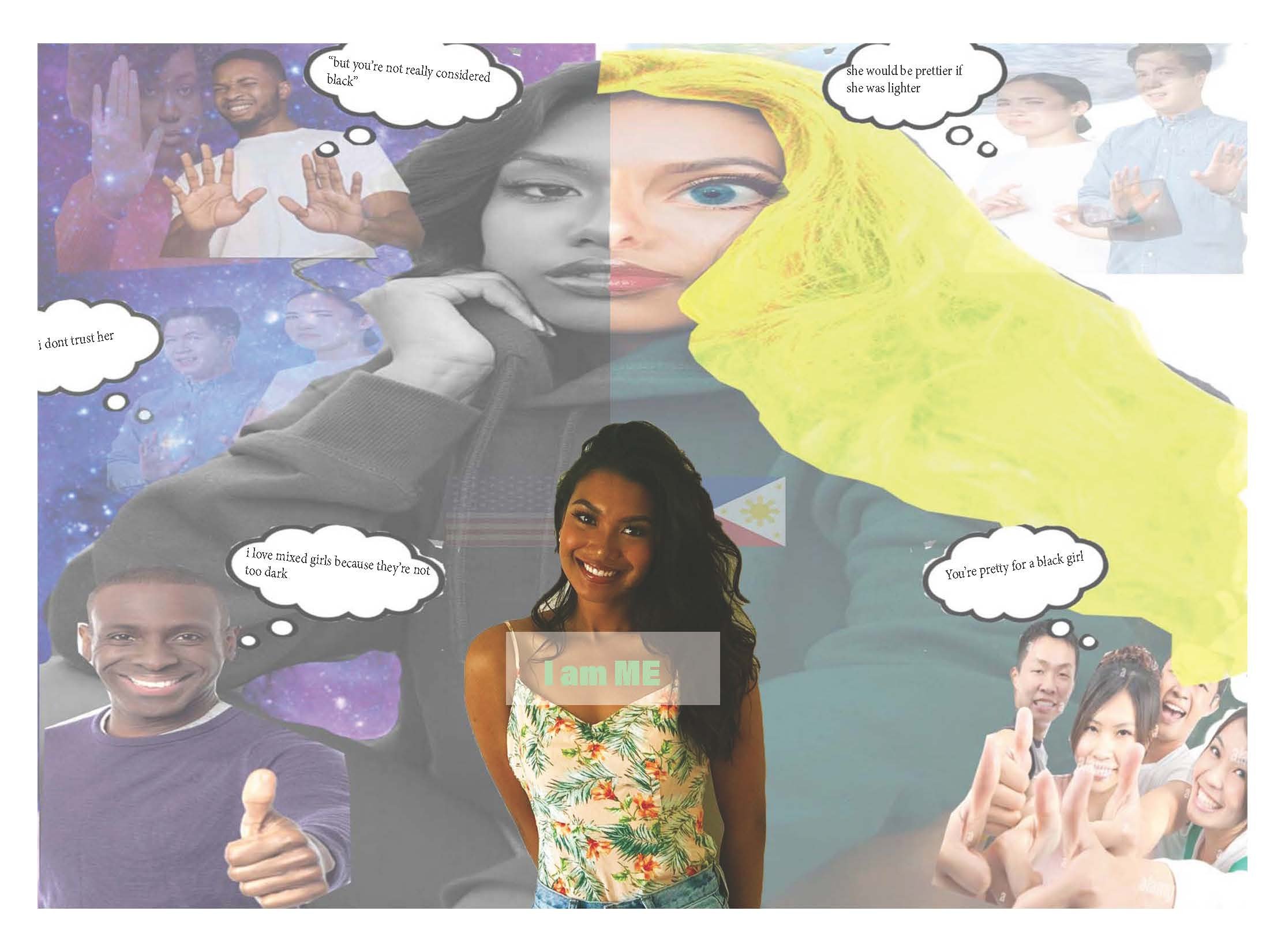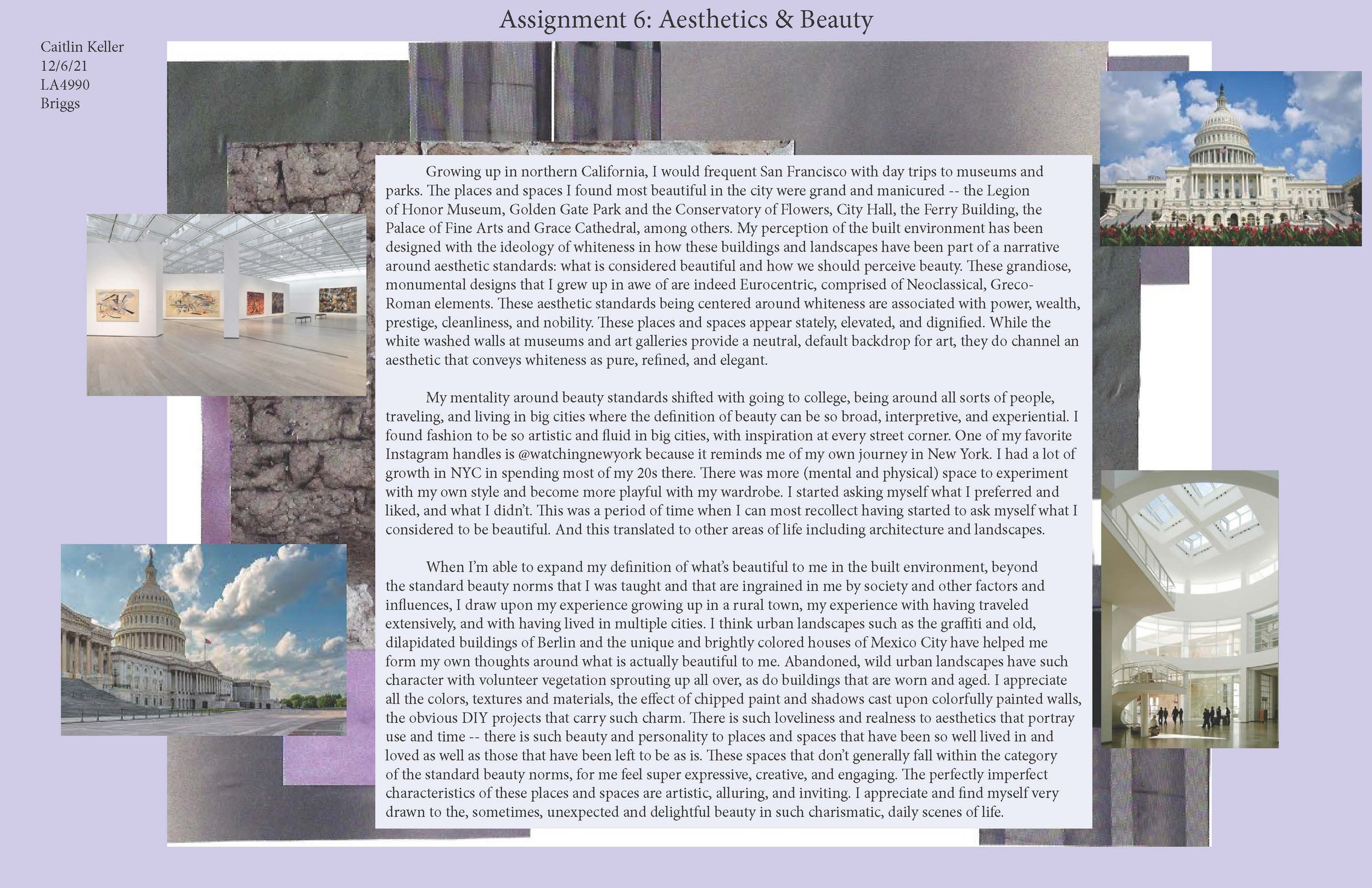AESTHETICS & BEAUTY
Beauty standards are rooted in cultural norms crafted by societies and media over centuries. Beauty is a global obsession and yet, neither fully objective nor fully subjective. Social norms influence perceptions of beauty and are rooted in the standards of the dominant caste. The default archetype of beauty is ‘whiteness’, which creates a social hierarchy and conditioning - to which non-whites aspire – to avail themselves of the privileges that accompany this standard. Despite current demographic and media representational shifts, the beauty of whiteness provides an inherent socioeconomic security – opportunity, access and acceptance.
Here we unpack & interrogate 'whiteness' (as the default lens), as the original construction of caste, therefore creating & enforcing a status to which to aspire - the standard by which all things are measured. Supported by modernism & classicism in design disciplines, originated as 'whitespace', the psychology of whiteness as our default preferred design choice or pre-selection is assumed innocent and neutral, providing feelings of openness, purity, cleanliness and light (or the absence of color), and is sanctified unaccountable. We know that race doesn't exist and is a social construct, but whiteness itself is also a construct (less discussed and researched), as the spatial driver for all social mobility and identity. This cultural association with whiteness is global - very few world cultures do not associate the opposite of whiteness with darkness, death, fear, famine & illness. These associations contribute to the world view of whiteness and bleeds into our perceptions of who is beautiful and who is entitled to beautiful spaces - and therefore gatekeeps through surveillance - modulating behavior. Does the Eurocentric canon of public space use design as a means of control - and in doing so hoard beautiful space for whiteness - designing to separate the élites from the non-white proletariat?
Students question beauty standards: answering how colorism has affected them personally and informed their perception of physical identity; reflecting on their perception of how the built environment has been designed with the ideology of whiteness; defining what built environments they find most beautiful; exploring consequences at the intersections of perceived beautiful bodies and beautiful spaces. Students craft narratives and artistic object addressing these issues or answering if the most beautiful built environments are designed for ‘the beautiful people’.











